#world heritage
Text
In the weeks since Hamas' Oct. 7 attack, Israeli airstrikes on the Gaza Strip have killed more than 15,000 Palestinians, according to Gaza's health ministry, and destroyed thousands of homes in the territory.
And there have also been tremendous losses to the region's ancient and globally significant cultural heritage. The region was a hub for commerce and culture under Egyptian, Greek, Roman and Byzantine rule. It remained influential for centuries thereafter.
A recent survey by the group Heritage for Peace details the damage done so far to more than 100 of these landmarks in Gaza since the start of the present conflict.
The casualties include the Great Omari Mosque, one of the most important and ancient mosques in historical Palestine; the Church of Saint Porphyrius, thought to be the third oldest church in the entire world; a 2,000-year-old Roman cemetery in northern Gaza excavated only last year; and the Rafah Museum, a space in southern Gaza which was dedicated to teaching about the territory's long and multi-layered heritage — until it was hammered by airstrikes early on in the conflict. (...)
"If this heritage be no more in Gaza, it will be a big loss of the identity of the people in Gaza," said Isber Sabrine, president of Heritage for Peace, in an interview with NPR. (...)
"The people in Gaza, they have the right to keep and to save this heritage, to tell the history, the importance of this land," he said.
The 1954 Hague Convention, agreed to by Palestinians and Israelis, is supposed to safeguard landmarks from the ravages of war. But landmarks in Gaza have been destroyed by Israeli strikes in earlier rounds of fighting. Dozens of sites, including the now-obliterated Great Omari Mosque, suffered damage in 2014. A report by UNESCO, the United Nations body that designates and protects World Heritage sites, cites further destruction to cultural and historic sites in Gaza in 2021. (...)
Destruction of historical sites and other cultural sites is part of genocide, it's the destruction of the proof of a people's relationship to the land and a horrible emotional blow at the community. UNESCO must act immediately against Israel's destruction of Palestinian heritage, and every country and international organism must expel Israel and impose sanctions to make the genocide and apartheid end.
#💬#palestine#gaza#israel#free palestine#world heritage#cultural heritage#historical sites#archaeology#cultures
2K notes
·
View notes
Text

Kölner Dom
Cologne, Germany
#photographers on tumblr#architecture#art#churches#windows#cologne#germany#cathedrals#kölner dom#cologne cathedral#köln#vertical#original photographers#original photography#gothic#unesco world heritage site#world heritage
236 notes
·
View notes
Text

H A L L S T A T T
#hallstatt#village#aldea#lake#lago#unesco#world heritage#patrimonio mundial#salzkammergut#austria#europe#europa
342 notes
·
View notes
Text


La Pedrera. Photos from Ajuntament de Barcelona and La Pedrera.
Nowadays, la Pedrera is one of the most famous building in Barcelona, Catalonia. It's one of the most emblematic buildings in the Catalan Modernism style, and has been declared part of the UNESCO World Heritage Site "Works of Antoni Gaudí".
But it hasn't always been recognised as good architecture, all the opposite! In fact, take a look at its name: it's technically called Casa Milà (house of the Milà family), but locals always call it "la Pedrera", which means "the quarry" in the Catalan language. When it was built, in 1910, Barcelonians thought it looked like an ugly piece of stone-y quarry mountain in the middle of the city.
But that's not the only thing that they thought it looked like. Let's see some parodies that were published at the time:

In 1909, the popular magazine Cu-Cut! published this vignette of a mother and a son walking in front of the house, when the child asks his mom "was there also an earthquake here?". This is a reference to an earthquake that happened in Sicily the previous month, and to the house's bendy shapes that look like it was shaken.

In 1925, the children's magazine En Patufet also joined in, with a vignette where the owner realises he can't hang up curtains* on this windows.
*Note: I'm using the translation "curtains" as a simplification so that English speakers without a detailed knowledge of Catalan culture can understand the joke. The vignette actually uses the word "domàs", meaning a decorative textile that is hanged from balconies during holidays.

In 1910, Cu-cut! compared it to a mona, the cake that Catalans eat on Easter Monday, by drawing a vignette where a child says "Daddy, daddy, I want a mona as big as this one!".

Three times did the magazine El Diluvio mock this building.
First, in 1910, they called it a "Medieval architecture model, between burrow and burial, that I don't quite dislike". It described its future in the following way: "the round gaps in the façade have become dark holes where all kinds of vermin come in and out: crocodiles and rats, but also snakes, hedgehogs, owls, sea monsters... Two undulating lines wrap up the building, which stands in front of an absolutely black sky. Above it, in the rooftop, the chimneys, the air vents and the stairs' endings have stopped being whipped cream mountains to become sinister piles of skulls."
In 1911, El Diluvio striked again, comparing the building's cast iron handrails to a fish stand. Their illustration had Casa Milà with a sign saying "cod entrails sold here!".
And lastly, it made fun of the controversial statue of Our Lady of the Rosary that was supposed to go on top. The Milà family in the end decided not to place the statue (some say because they didn't like how the sculptor made it, some say it's because they were scared of having a religious symbol after the 1909 anti-clerical riots) but the architect Gaudí, who was a very religious man, insisted on having it. This caused the Milàs and Gaudí to argue, which the magazine represents with a caricature of Mr. Milà wearing a Tarzan-like loincloth and branding a whip fighting against Gaudí wearing a pith helmet, grabbing him by the hair and hitting him with a hammer. The text under the image translates to "Will the Virgin Mary stand on top of the peculiar monument? Who will win, Gaudí or Milà?".
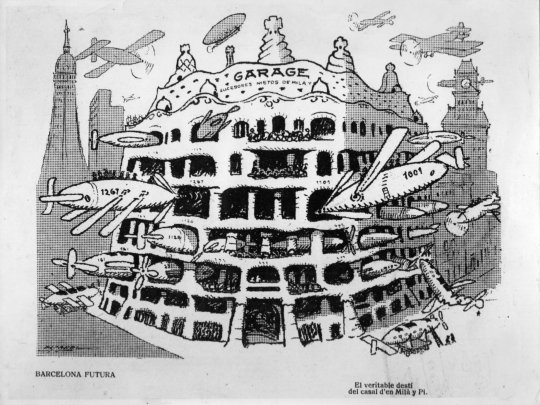
In 1912, the popular magazine L'Esquella de la Torratxa imagined that this extravagant futuristic building could only be a garage for parking airship and air-planes. This satirical drawing is titled "Future Barcelona. The true destiny of the Milà and Pi house". (Milà and Pi were the owners of this building).
The text that accompanied this illustration wondered if this building is the Wagnerian Valhalla, an anti-aircraft defense for the Moroccan War, or a hangar for zeppelins.
What do you think? Was the banter justified?
#la pedrera#casa milà#barcelona#catalunya#història#arquitectura#arts#history#architecture#antoni gaudí#gaudí#unesco world heritage#world heritage#historical#history tag#art history#art#modernisme#travel
177 notes
·
View notes
Text
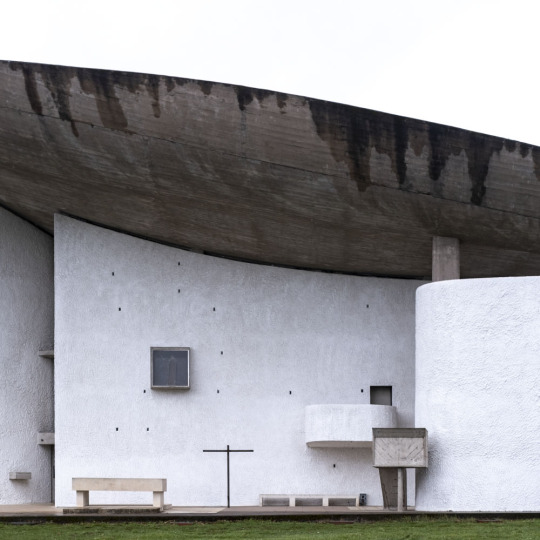
ronchamp
#© victor s. brigola#brigola#ronchamp#le corbusier#architecture#concrete#church#notre dame du haut#white#cross#fuji x-pro 3#france#chapelle#brutalism#world heritage
69 notes
·
View notes
Photo

A rainbow over the Sangatsu-do of Tōdai-ji Temple: Nara, Japan!
#Buddhism#Daibutsuden#Emperor Shōmu#Japan#Nara#Nara-ken#Nigatsudo#Sangatsudo#Tōdai-ji#Tōdai-ji Temple#World Heritage#rainbow#summer#travel#三月堂 東大寺法華堂#大仏#東大寺#東大寺二月堂
225 notes
·
View notes
Text

Hill-forts of Kernavė
Lithuania
#landscape#landscape photography#nature#nature landscape#nature photography#panorama#panorama photography#landscape panorama#sky#clouds#sunrays#sunlight#hills#hill fort#hill forts#historical#historic#unesco#world heritage#unesco world heritage#unesco site#photographer on tumblr#original photography#original photographers#original photography on tumblr#Kernavė#Kernave#Lithuania#Lietuva
67 notes
·
View notes
Text

Views over Bagan - an ancient city in Myanmar, Asia that was officially inscribed as a UNESCO World Heritage site in 2019
#bagan#myanmar#sunset#beautiful asia#beautiful city#unesco#world heritage#beautiful asian nature#travel photography#amazing nature#nature#travel#travel destinations#landscape#landscape photography
48 notes
·
View notes
Text

Sol LeWitt, Wall Drawing #565, Museo di Capodimonte, Naples, Italy, 1985
VS
Villa Poppaea, Oplontis | Torre Annunziata, Italy, 50 BC - 54 AD ph. Valter Scelsi
#sol lewitt#art#contemporary art#wall drawing#wall#drawing#stripes#lines#conceptual art#minimalism#minimalist#minimalist art#Pompeii#world heritage#world heritage site#ancient rome#archaeology#villa#fresco#unesco
141 notes
·
View notes
Text
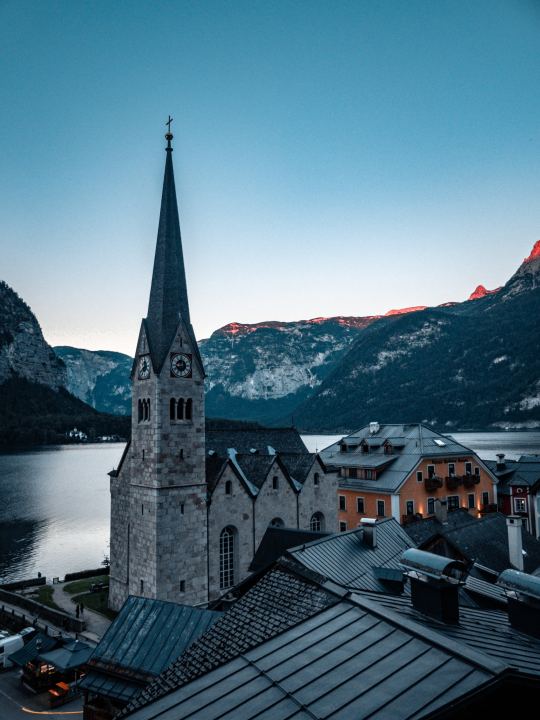
#curators on tumblr#wanderlust#li_destinations#travel#explore#church#old town#hallstatt#austria#europe#world heritage#architecture#lakeside
47 notes
·
View notes
Text

Kölner Dom
Cologne, Germany
#photographers on tumblr#architecture#art#churches#windows#cologne#germany#cathedrals#kölner dom#cologne cathedral#köln#vertical#original photographers#original photography#gothic#unesco world heritage site#world heritage
214 notes
·
View notes
Text
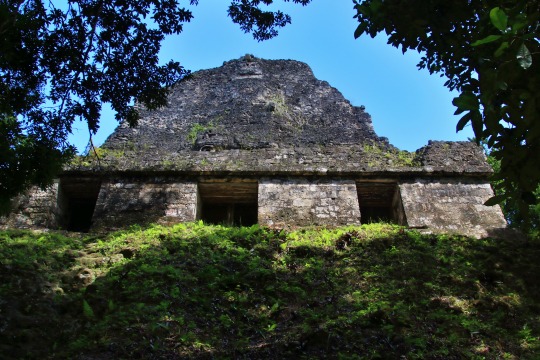


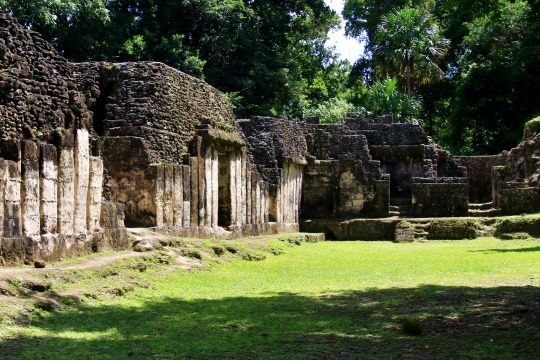

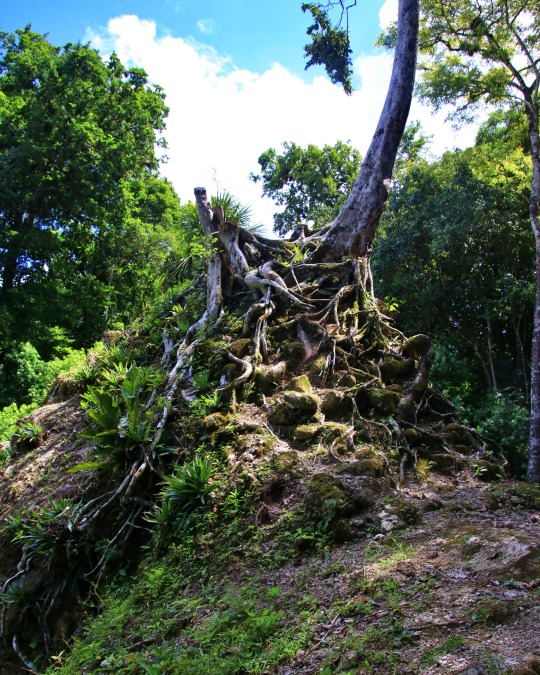
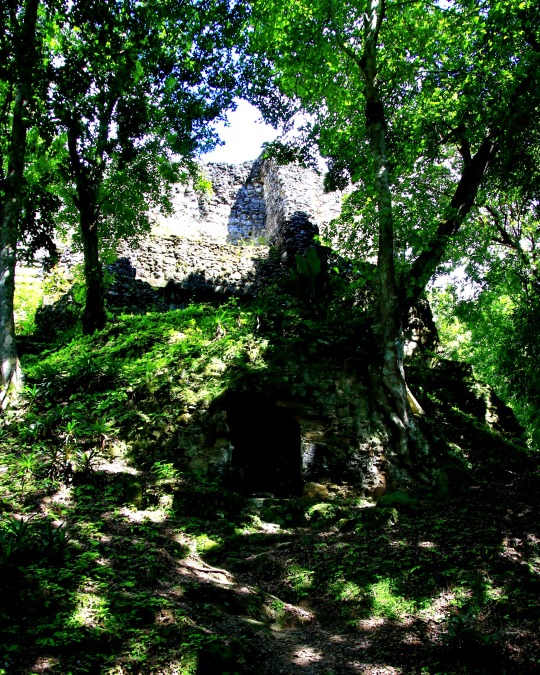
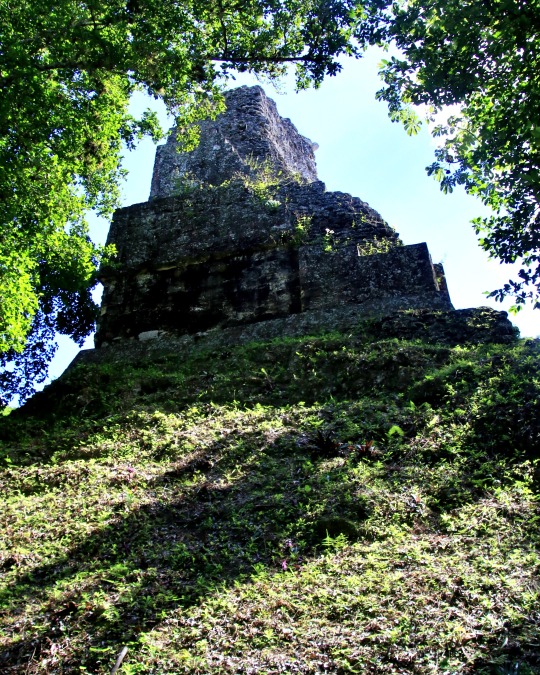

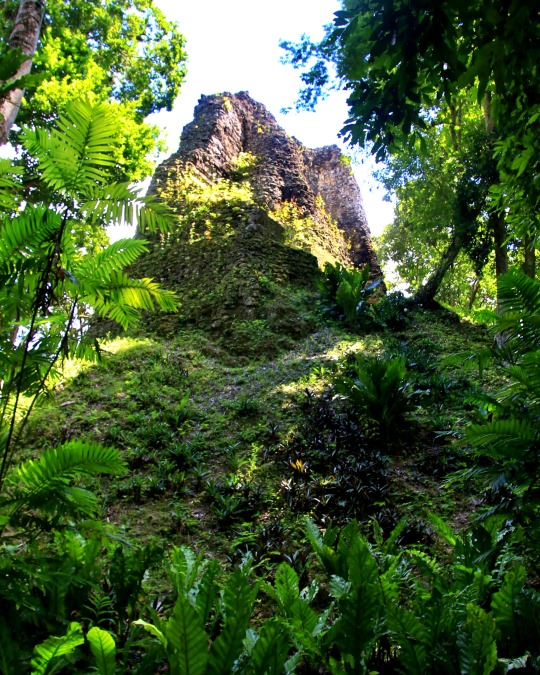
Tikal Mayan Ruins ( Guatemala )
#photooftheday#travelphotography#adventure#aroundtheworld#explore#nature#guatemala#guatemalatravel#centralamerica#mayan#mayan culture#mayanhistory#travel#visitguatemala#central america#mesoamerica#pickoftheday#world heritage#trip#unesco world heritage#unesco#histoire#jungle
20 notes
·
View notes
Text
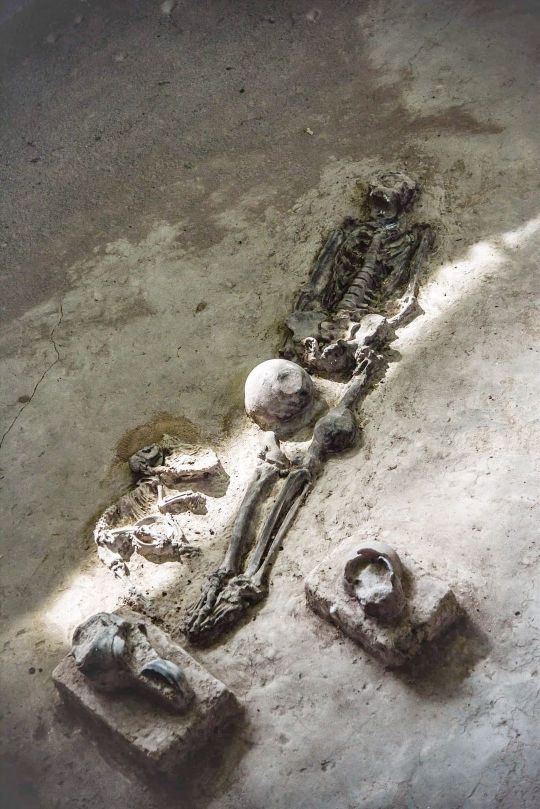
Ancient human female skeletons dated more than 2,000 years old from the "Dvaravati Empire, Si Thep city" (located in Thailand) were unearthed along with her personal possessions and a companion dog.
"Dvaravati Empire" was the Mother of all civilisation (with influences from India) in mainland southeast Asia that thrived in Central Thailand from the 6th to the 10th centuries (pre-Angkor wat).
"Si Thep" was officially added to UNESCO's world heritage list on September 19, 2023, more than one hundred years since it was discovered.
#ancient history#prehistoric#ancient civilization#archaeology#southeast asia#dvaravati empire#dvaravati#si thep#world heritage
59 notes
·
View notes
Text
1 January 2024
Mahmoud Abusalama documents some of the devastation at Al-Omari Mosque, a place of immense local and international religious, cultural, historical, and archaeological significance. It was the place of gathering and worship for more than one hundred generations of Gazans, and its complete destruction by the IOF was a particularly deliberate and cruel attempt to inflict despair on the population and erase their history from the land.
The mosque itself was constructed in 600s AD, and the site has been used for religious purposes since the Philistine society, meaning it was used at least 1000 years prior to the construction of the mosque, possibly up to 2000 years. It was used continuously to this day, until it was bombed on 7 December 2023 by the IOF. Although some worshippers continue to prostrate around the rubble. Wikipedia is a good source of historical information about Al-Omari Mosque. All of humanity should be weeping for its loss.
Source: Mahmoud Abusalama on Instagram
instagram
#gaza genocide#north gaza#gaza#gaza strip#gaza under attack#free gaza#from the river to the sea palestine will be free#gaza journalists#palestinian genocide#history#world history#world heritage#archaeology#archeology#Instagram
37 notes
·
View notes
Text
UNESCO's World Heritage list grows! From mystical Korean burial grounds to America's Hopewell Earthworks, 42 sites have made the cut, and will inspire generations to come.
42 notes
·
View notes
Video
Hallstatt Sunset Hills by Henrik Sundholm
Via Flickr:
Sunset over the mountains in Hallstatt, Austria.
#landscape#waterscape#nature#valley#mountains#hills#lake#clouds#cloudy#sky#sunset#drama#dramatic#scenery#skies#hdr#hallstatt#austria#world heritage#trees#slopes#hallstätter#see#flickr
34 notes
·
View notes
